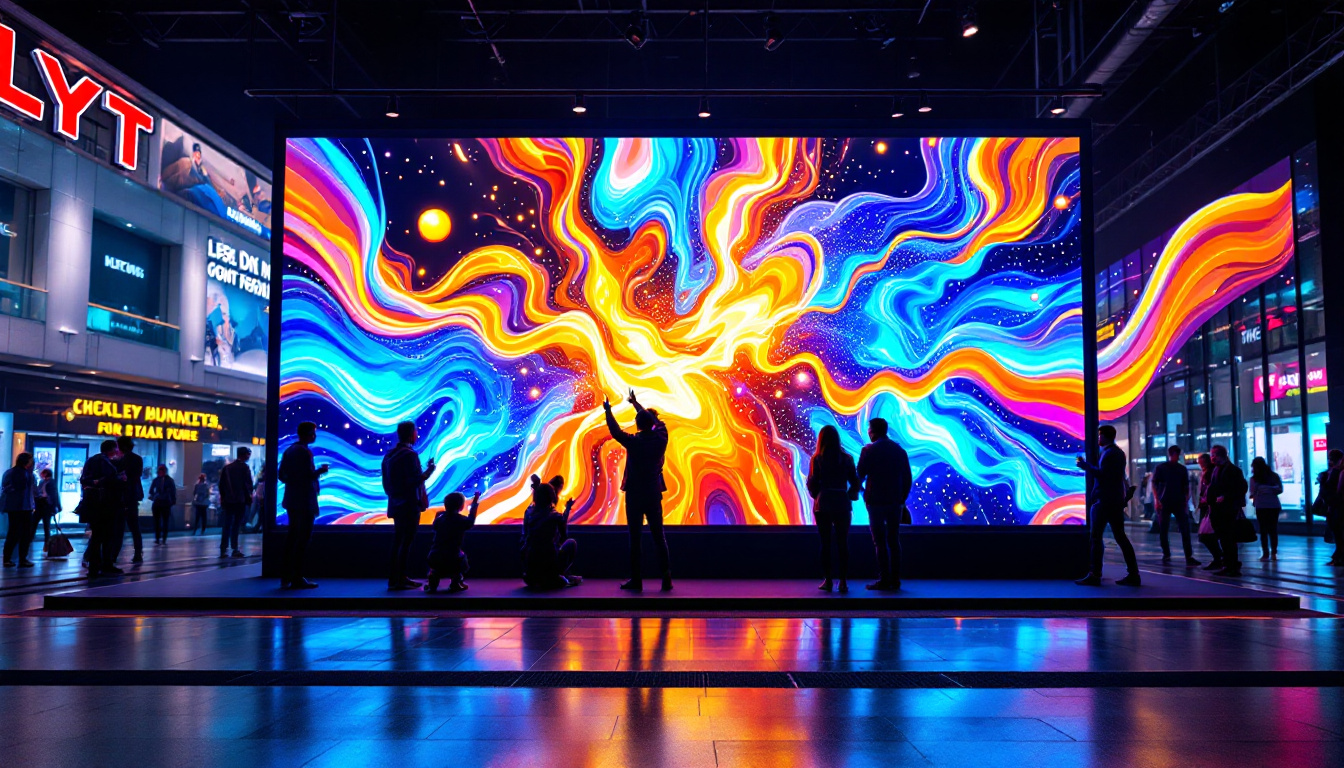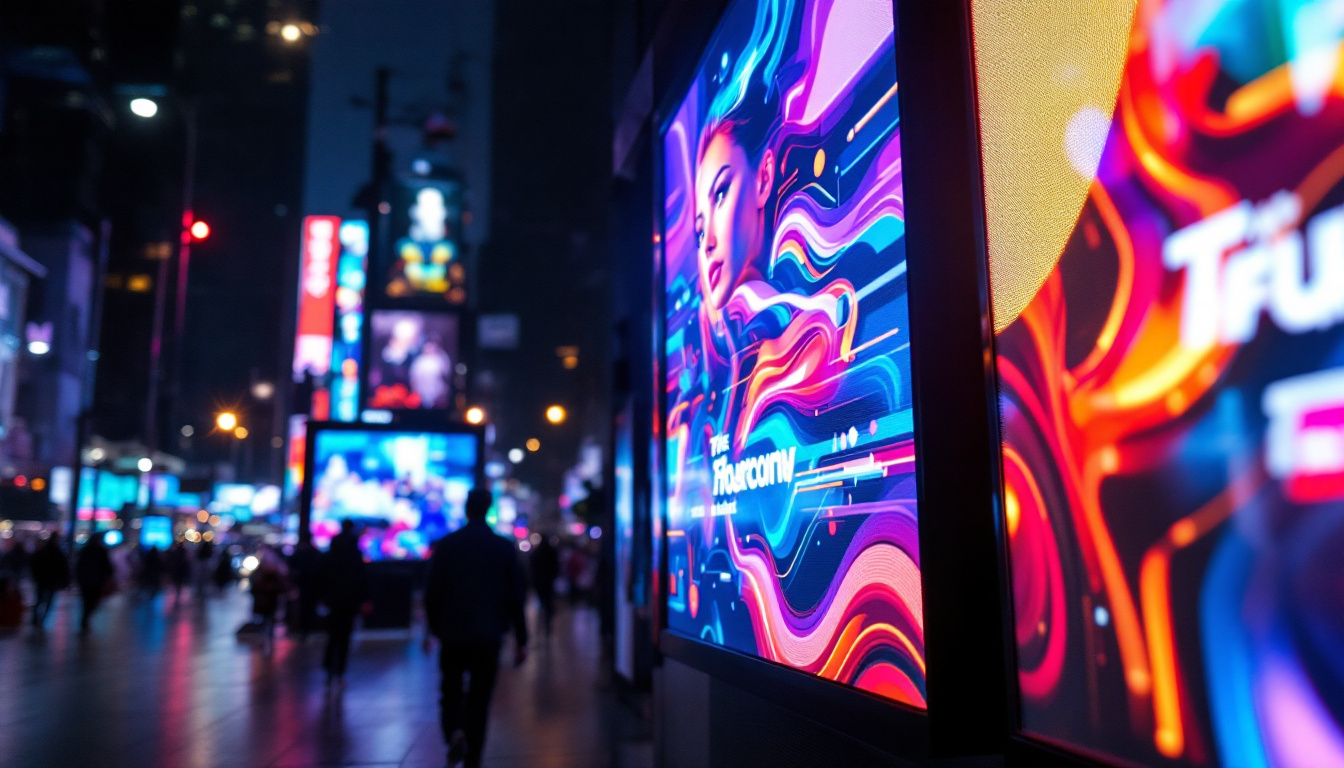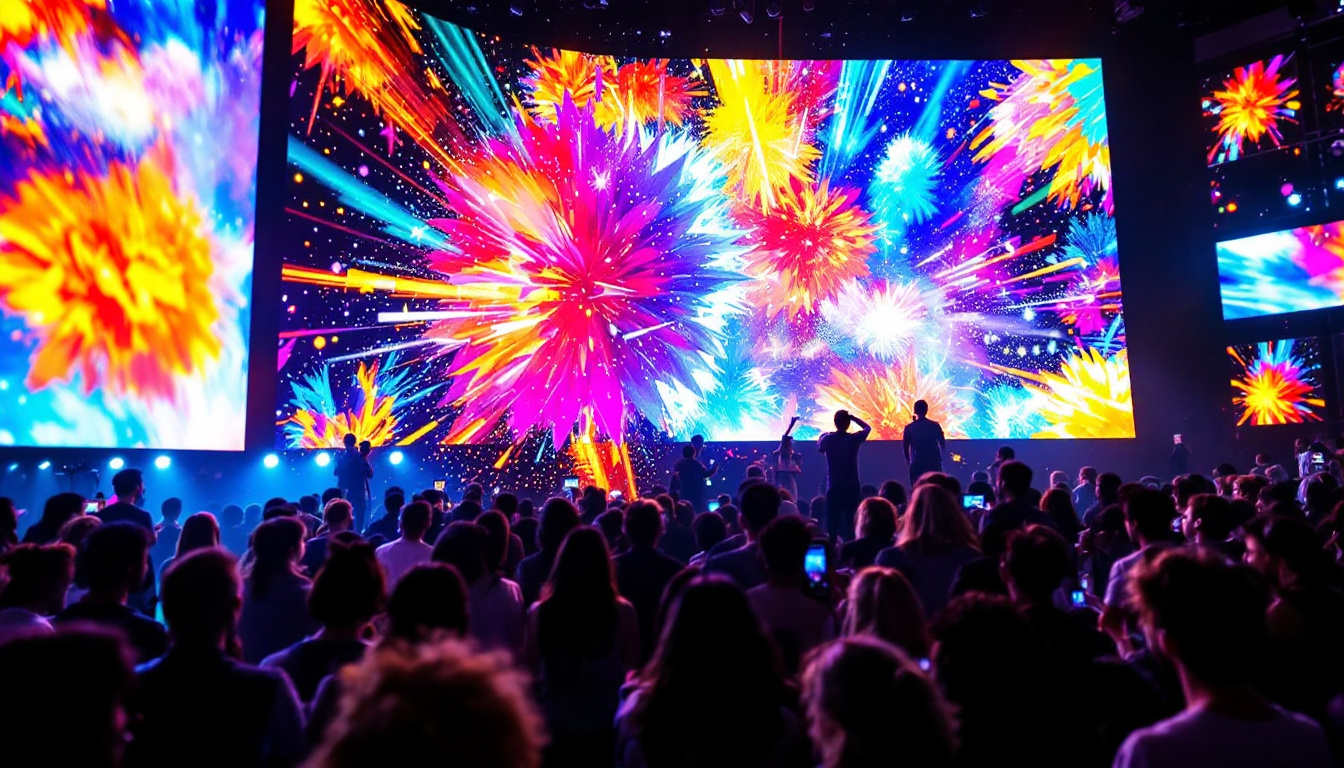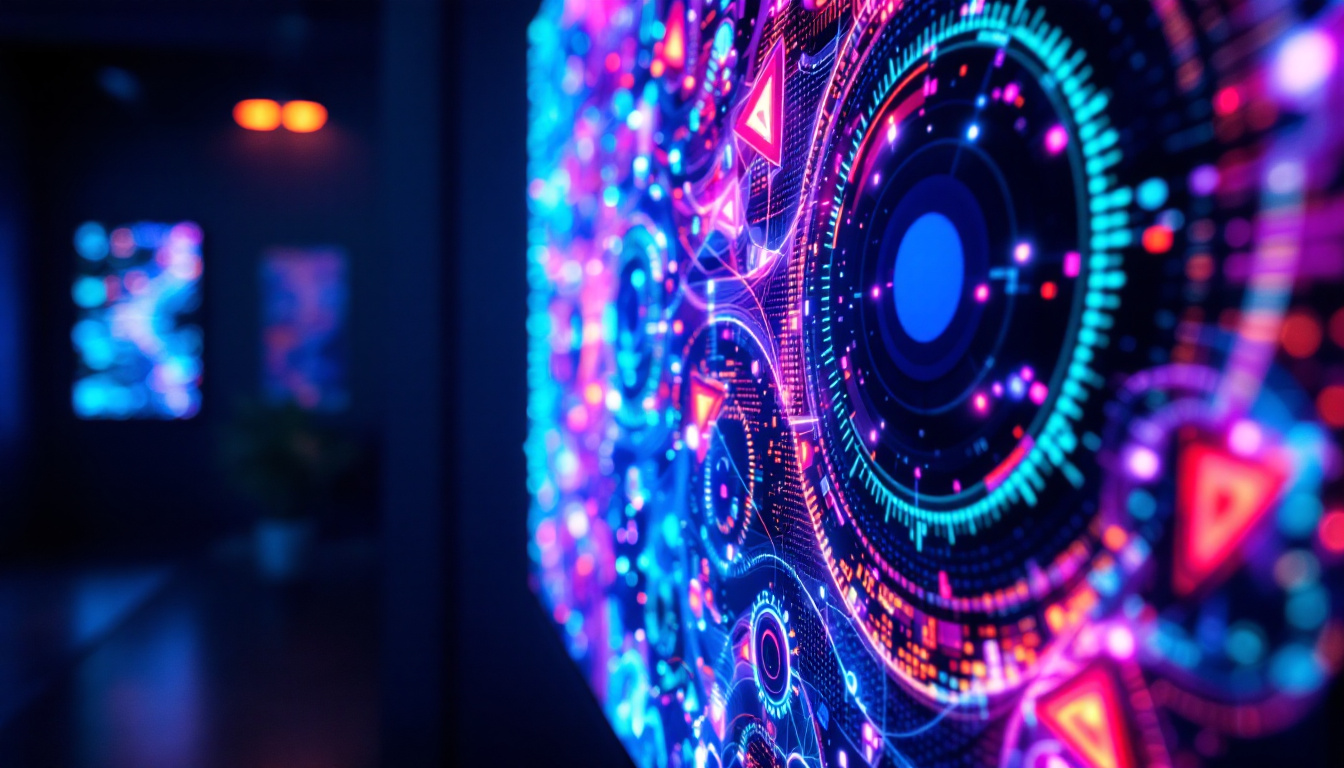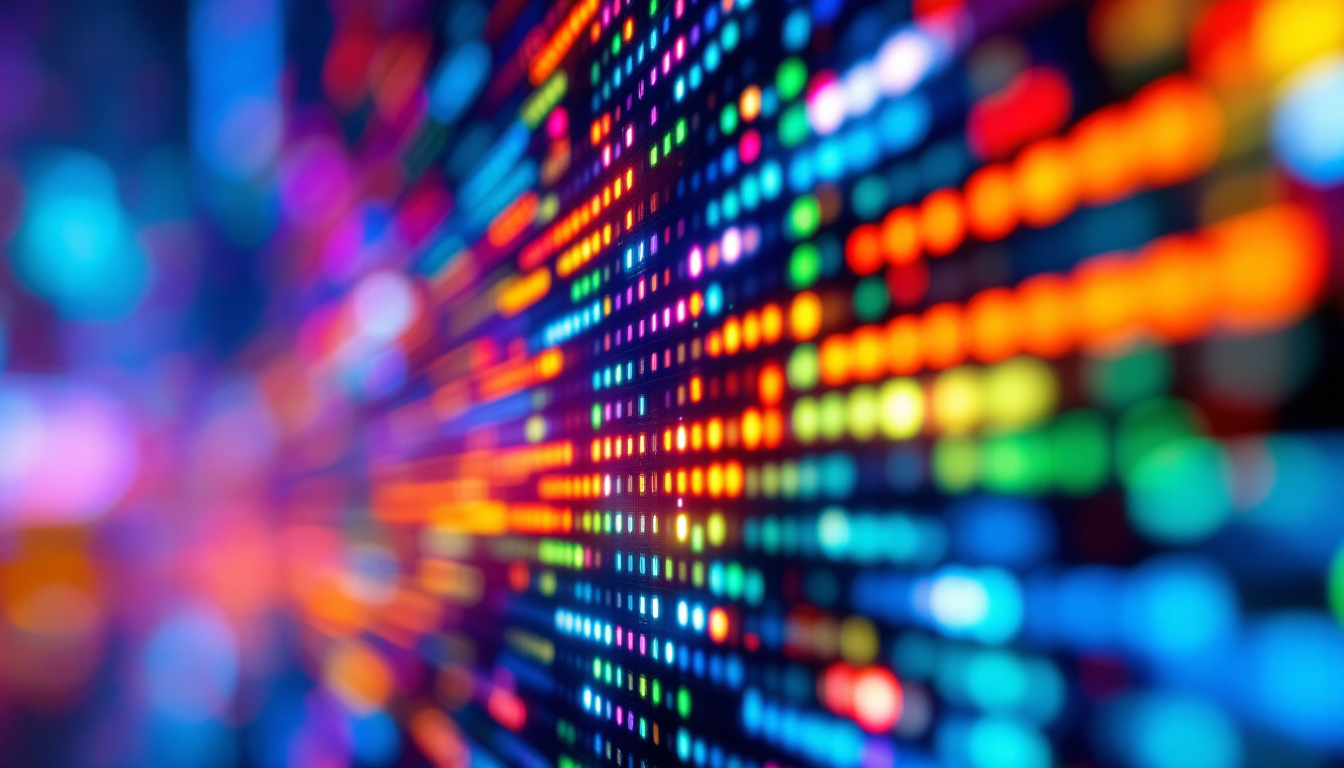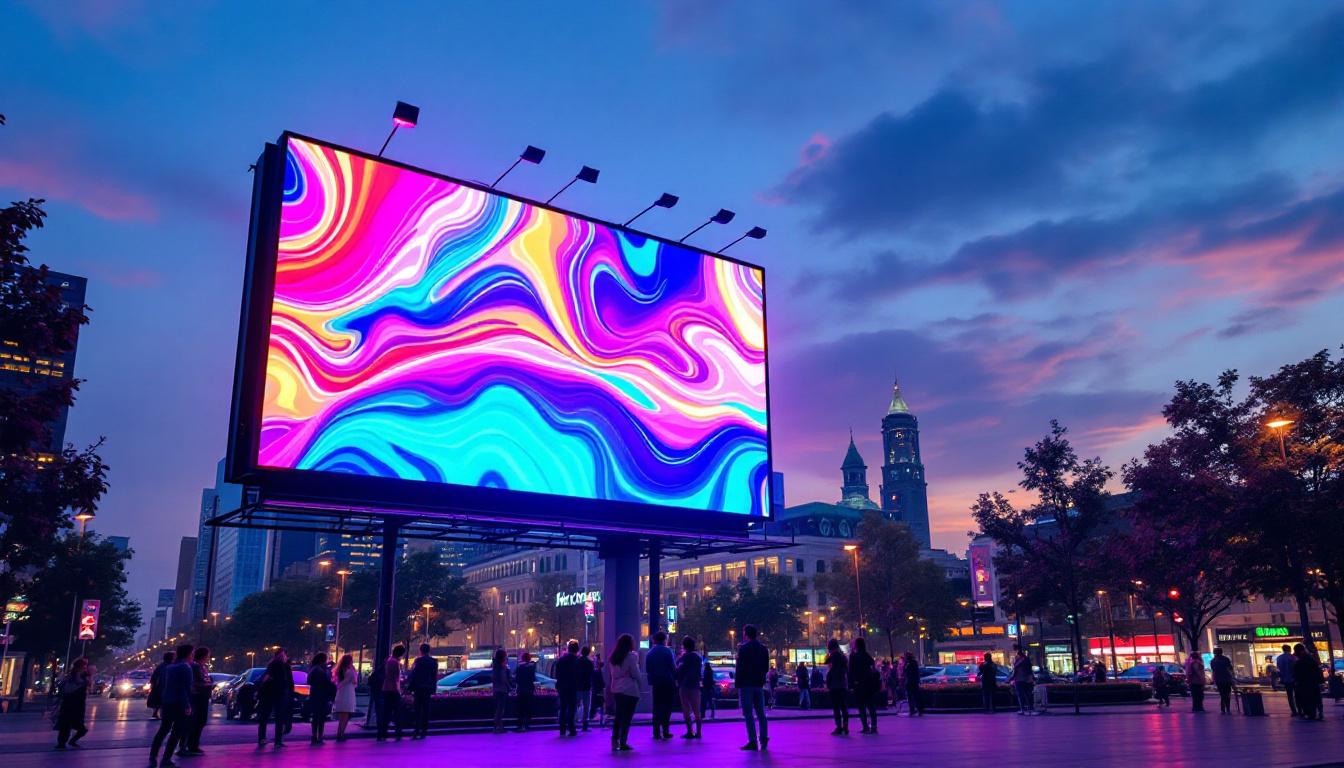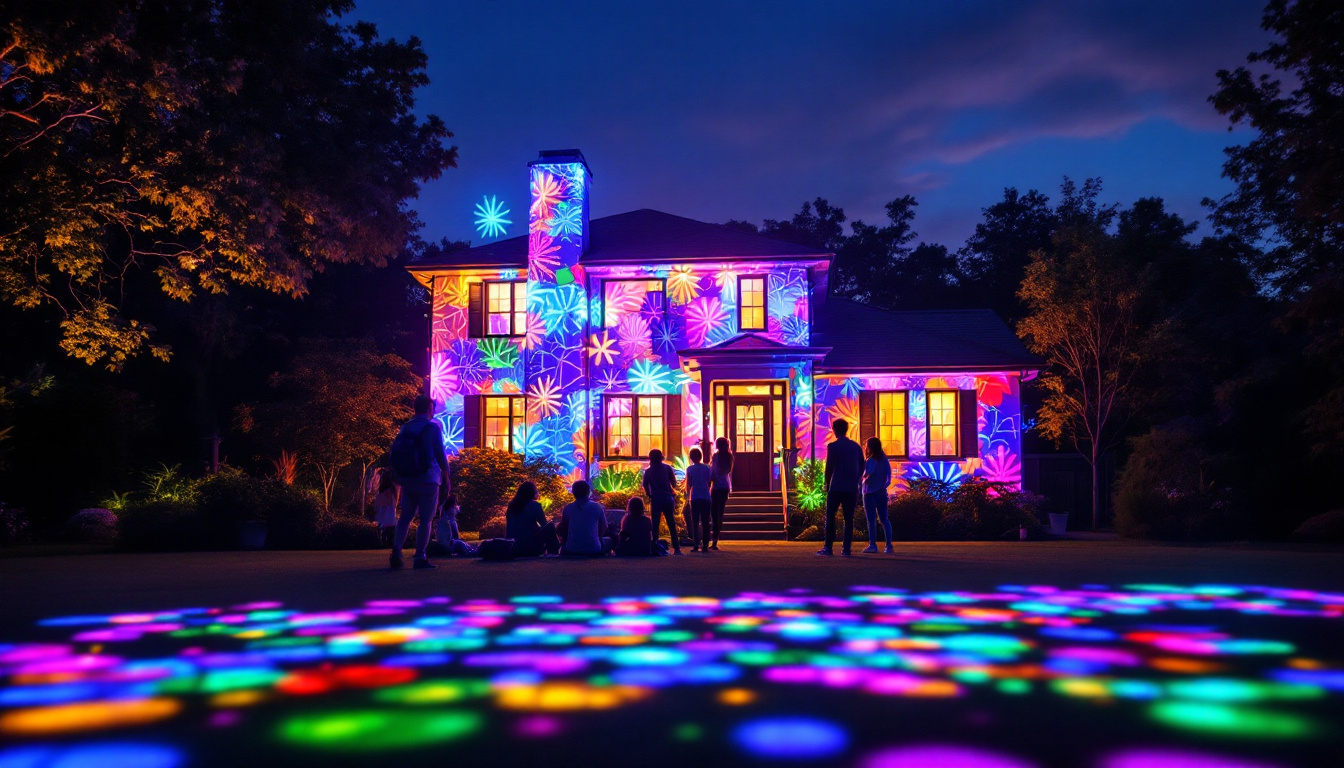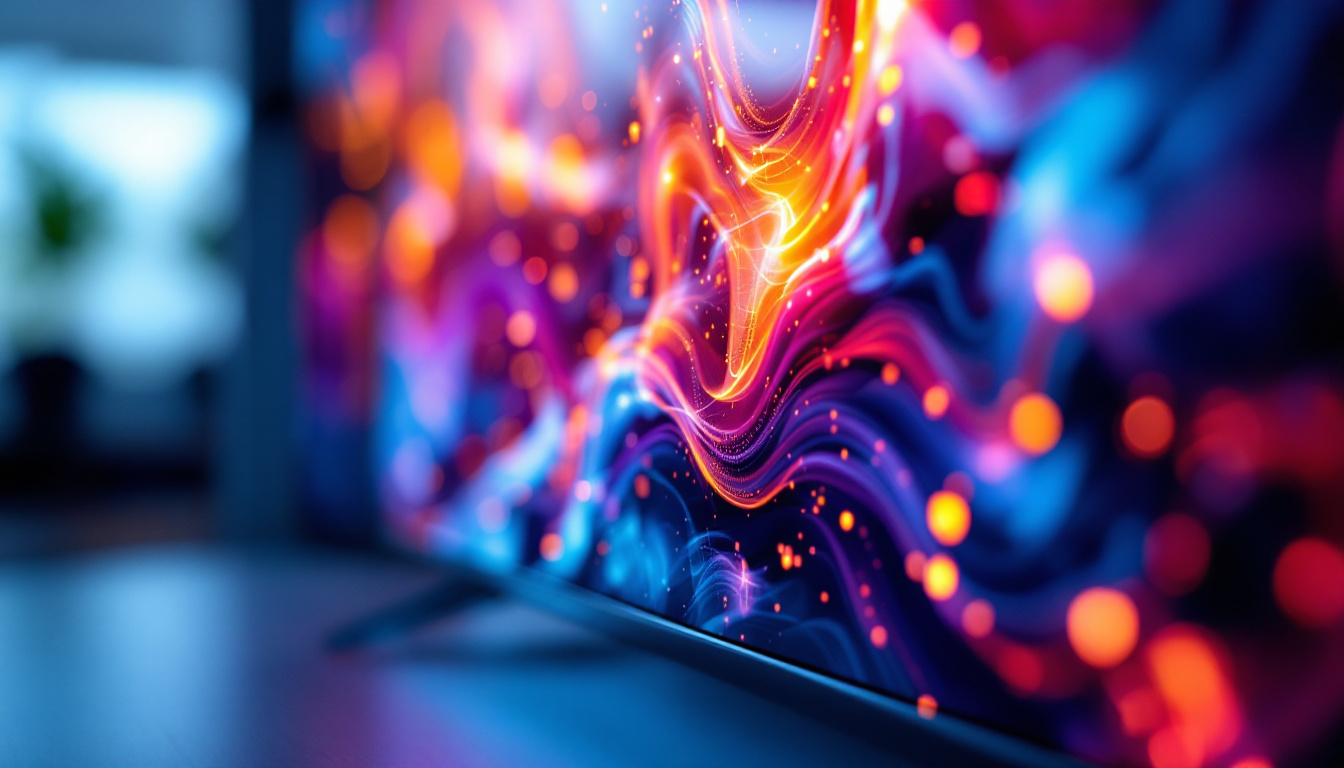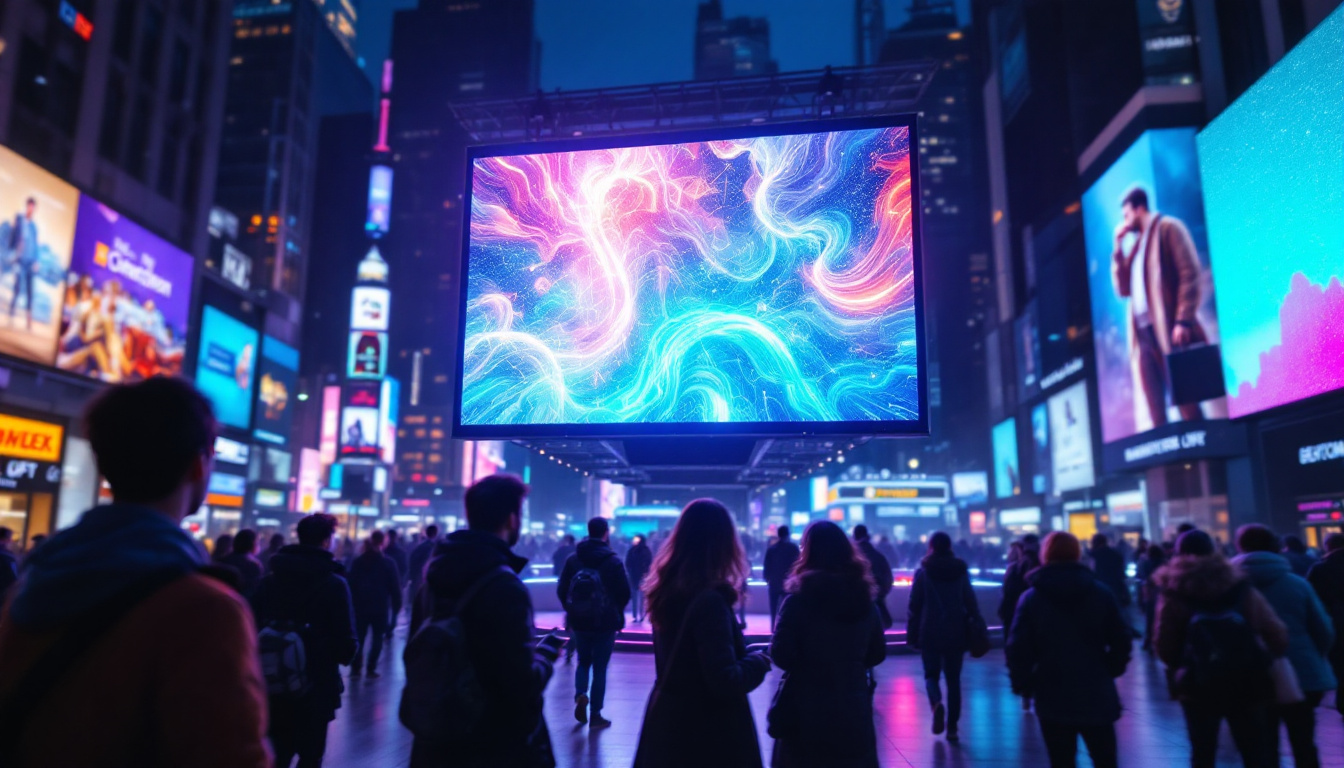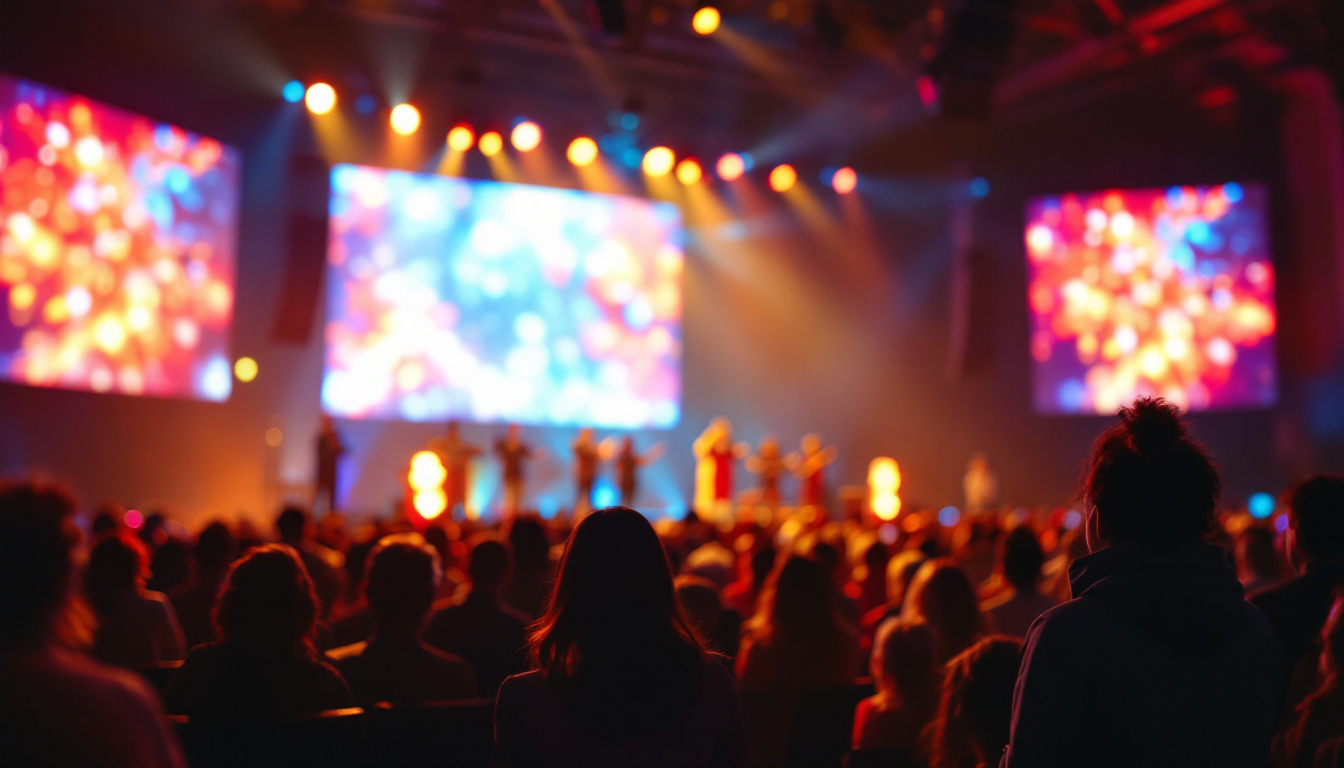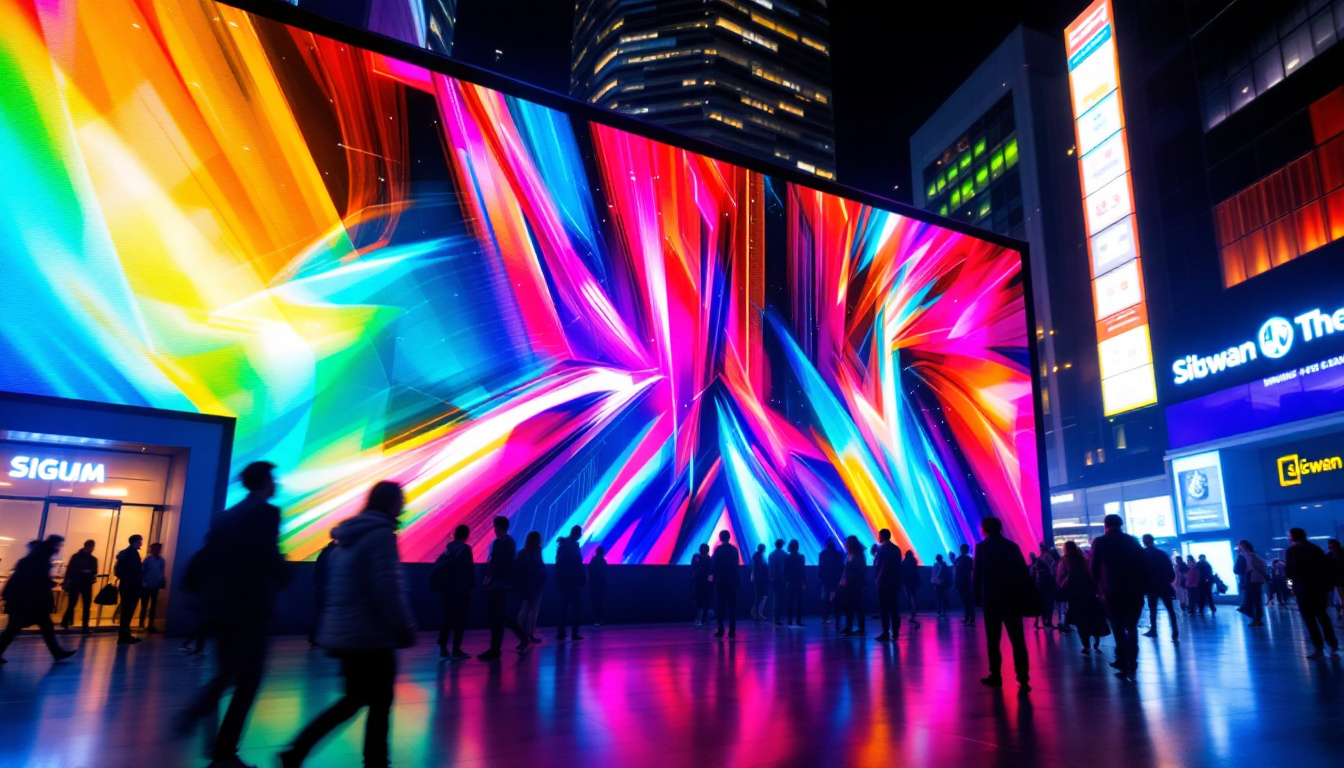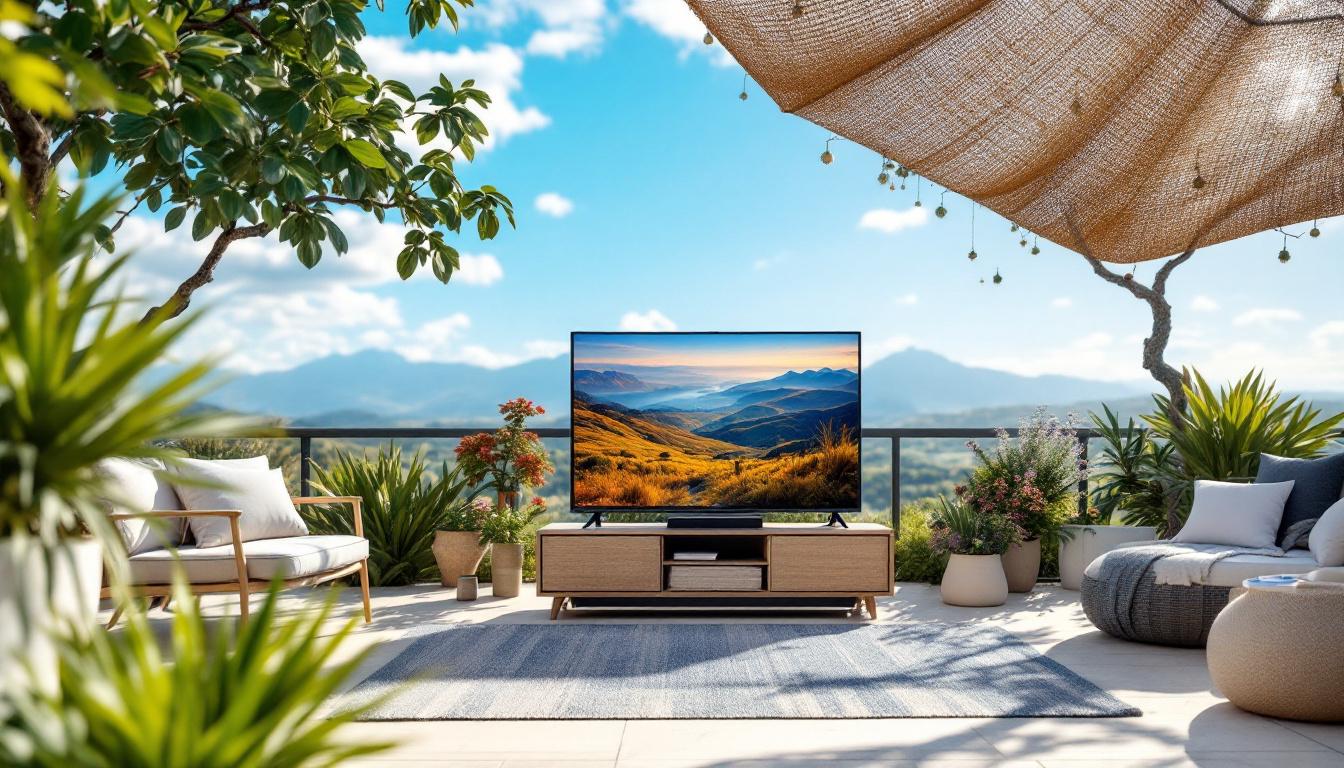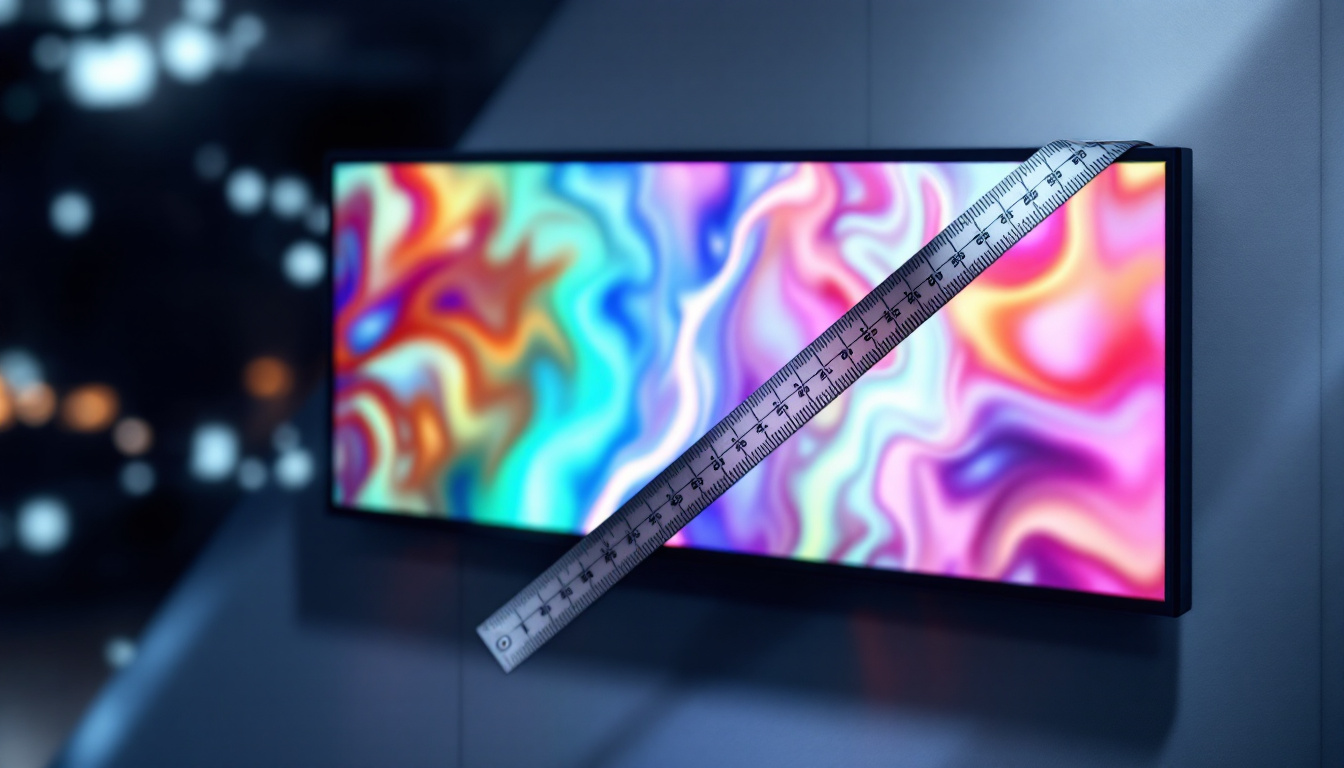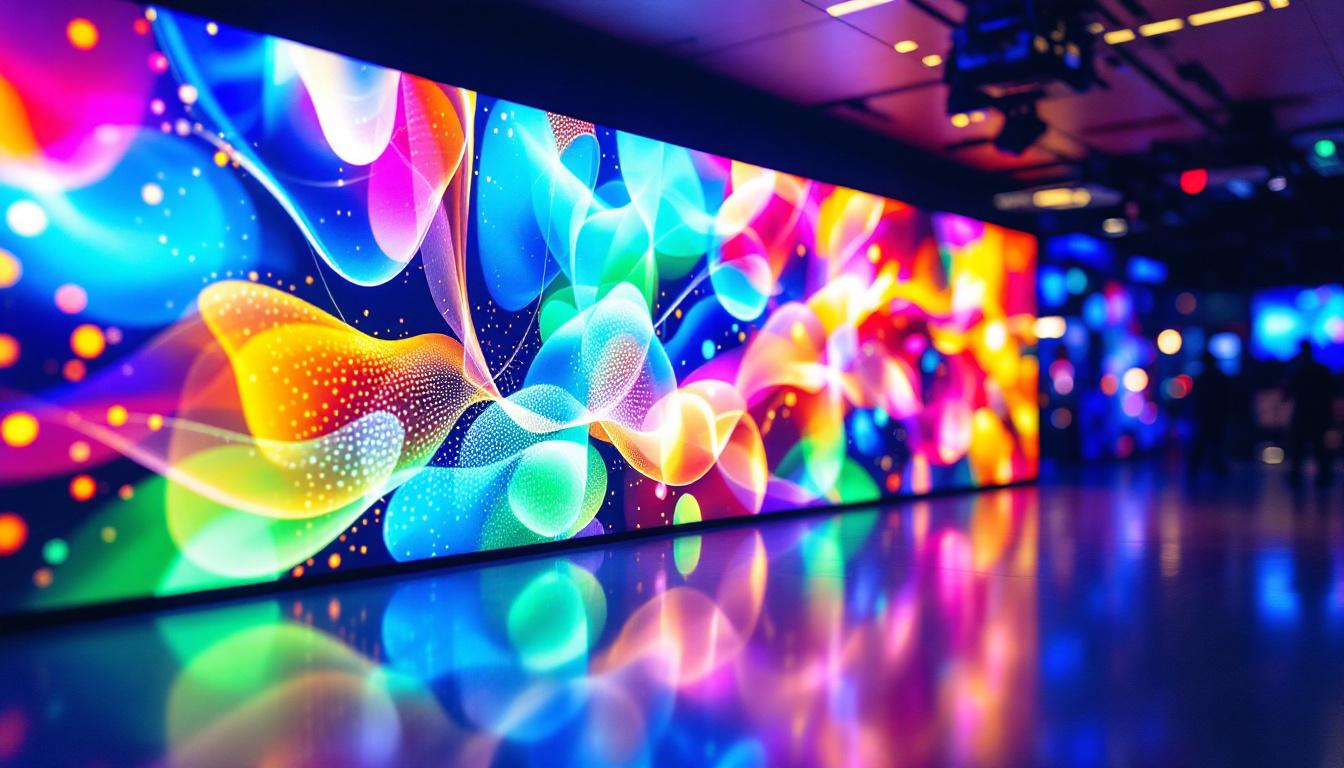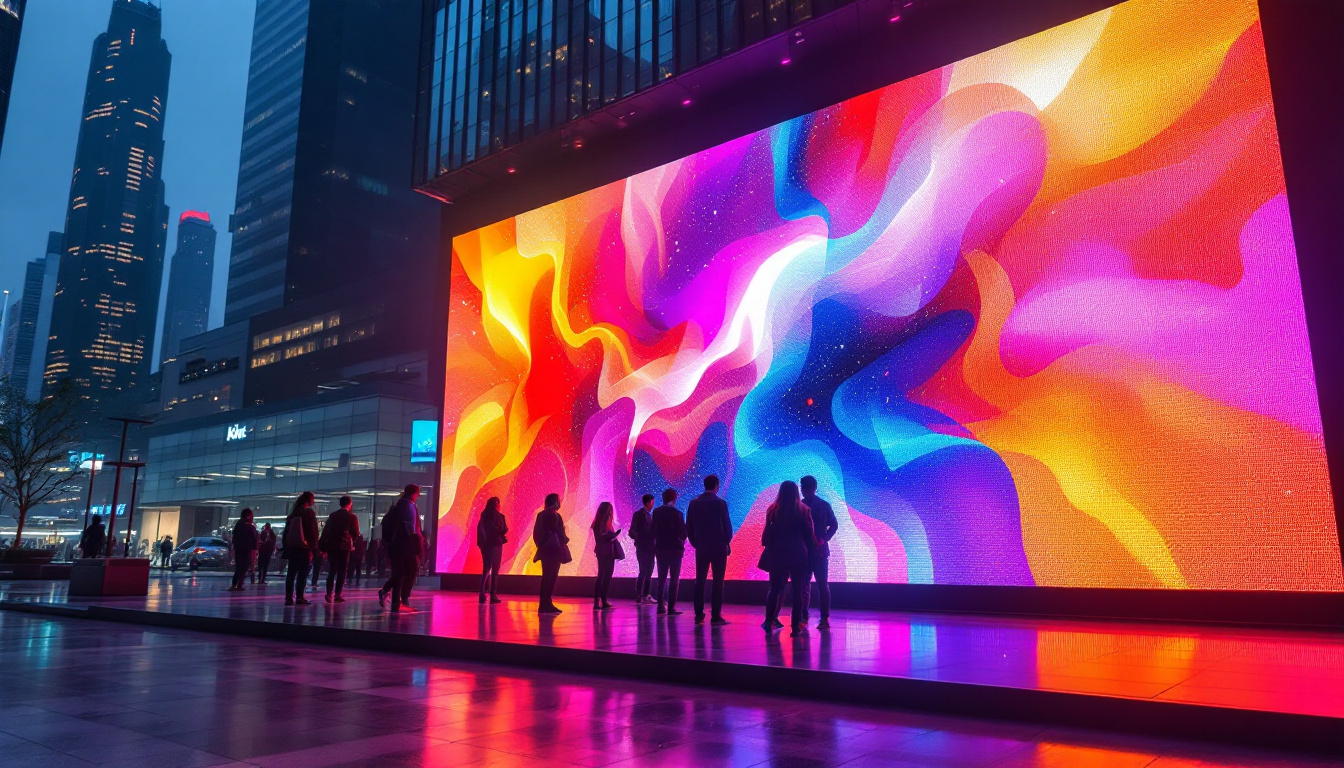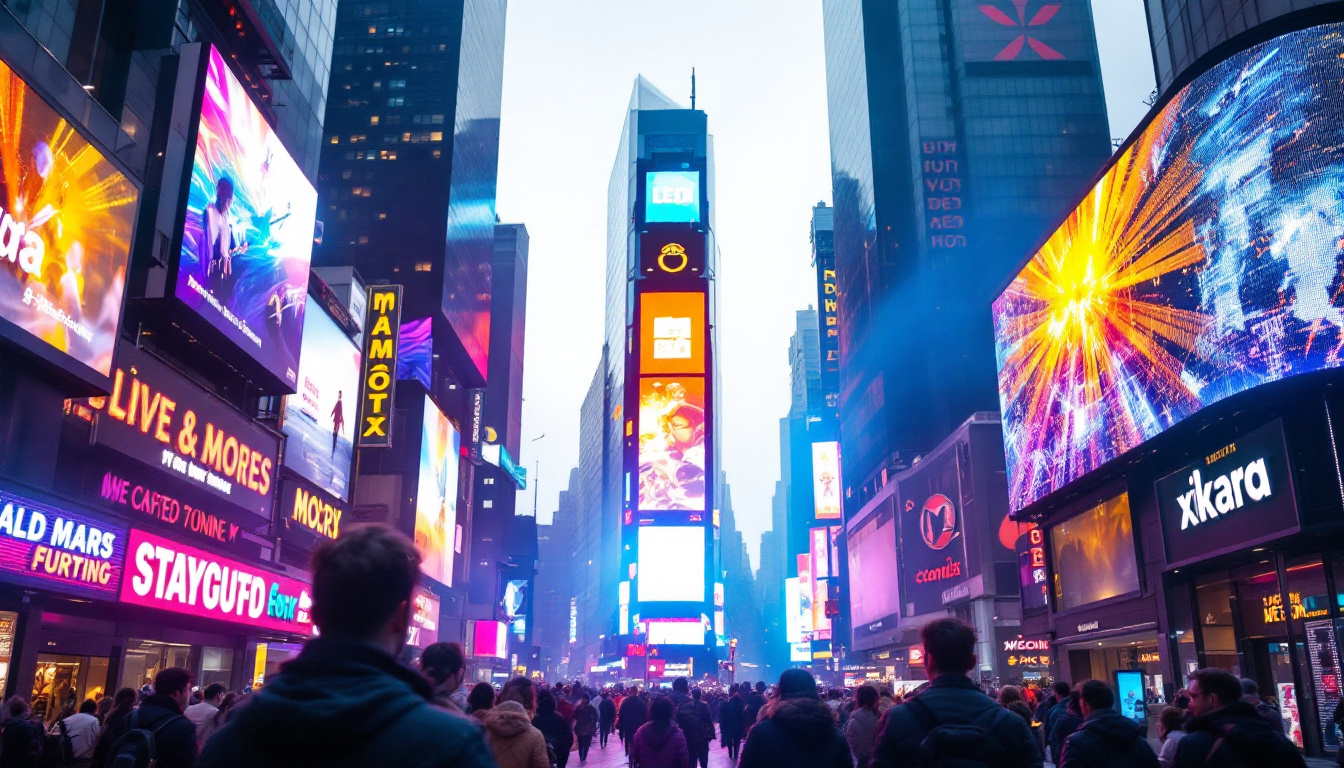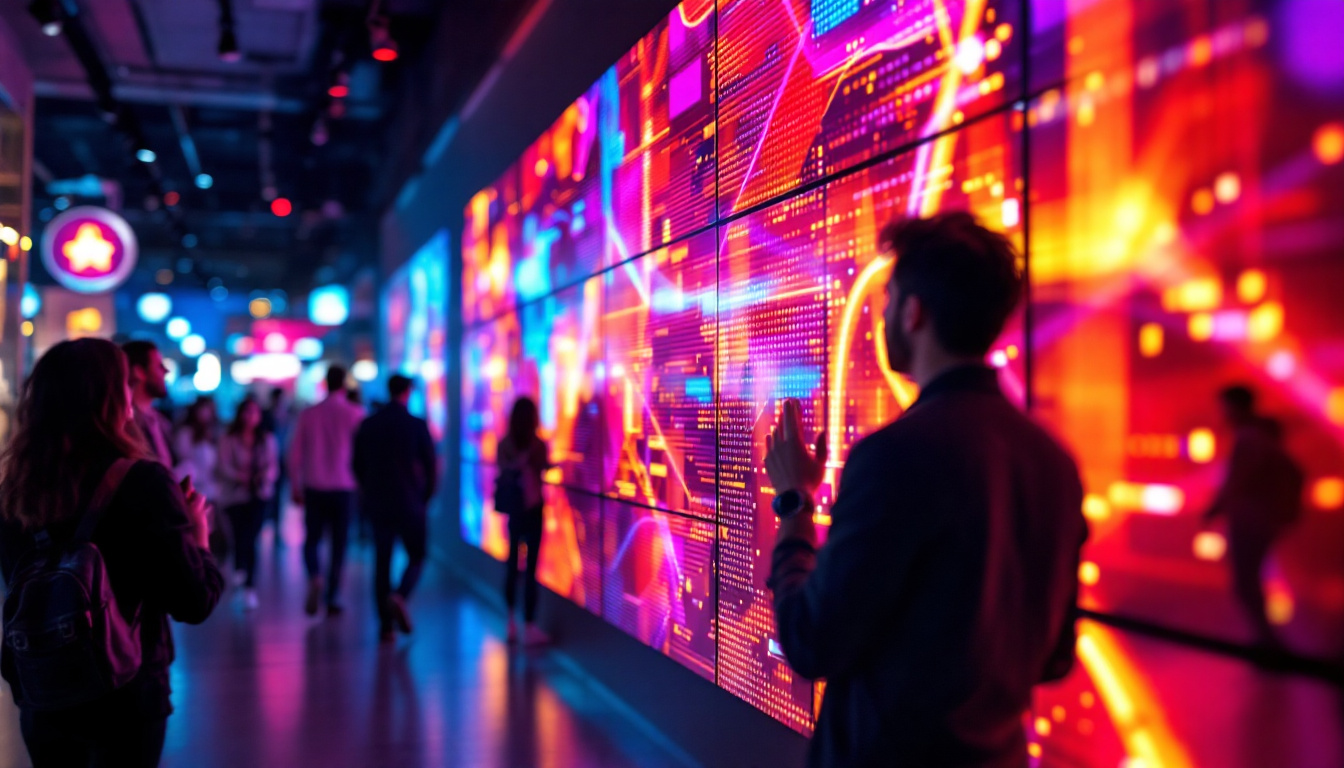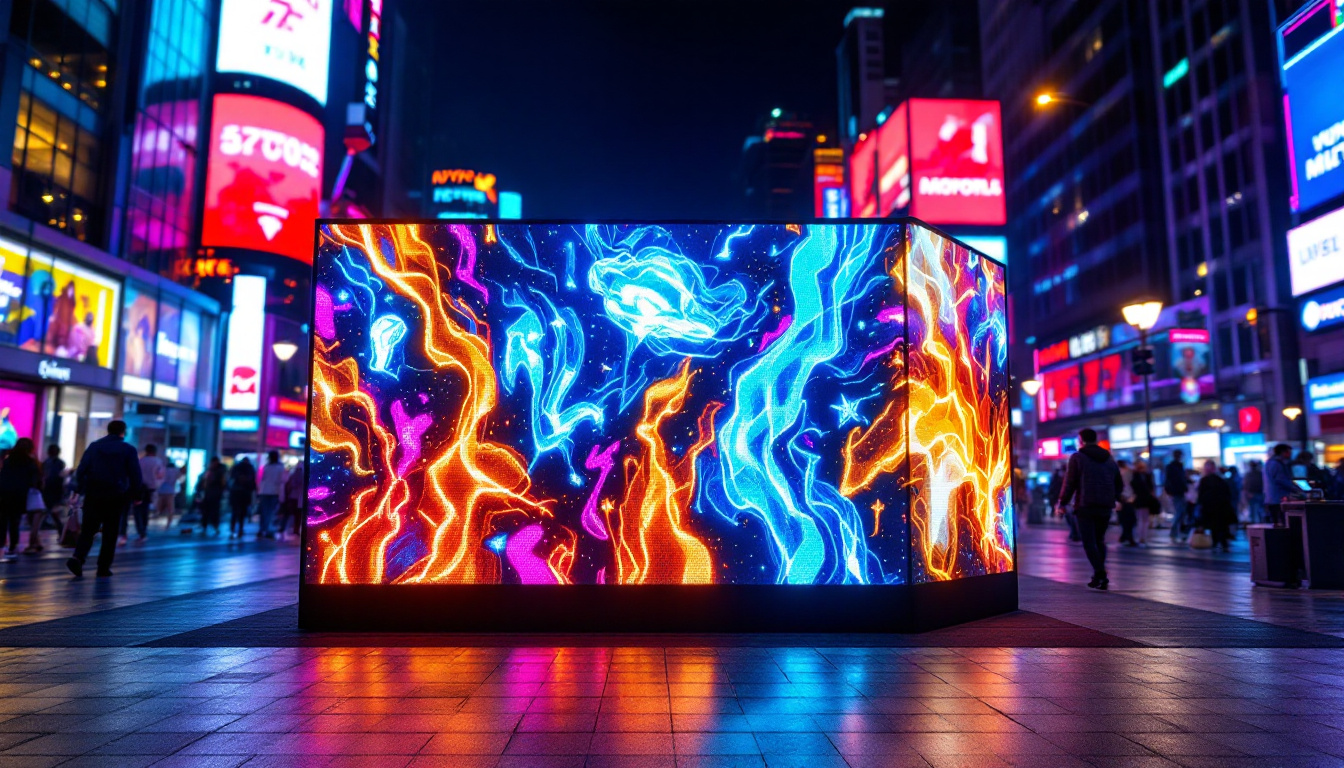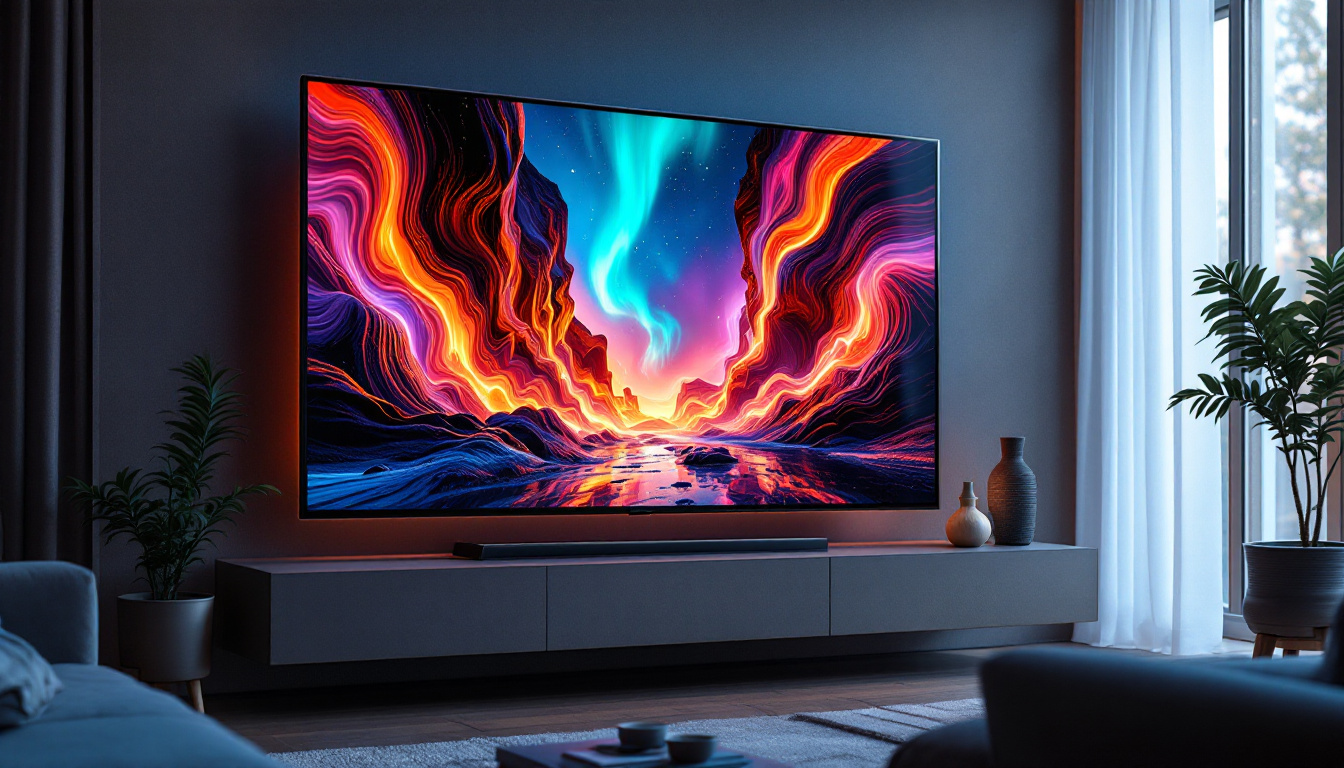In the realm of sports, the significance of clear and vibrant displays cannot be overstated. LED sports displays have revolutionized how fans engage with their favorite teams and athletes. This article delves into the intricacies of LED displays, exploring their technology, applications, and benefits in the sports industry.
Understanding LED Technology
Light Emitting Diodes (LEDs) are semiconductor devices that emit light when an electric current passes through them. This technology has evolved significantly over the years, leading to the development of various applications, particularly in sports displays. From scoreboards to advertising banners, LEDs have transformed the way information is presented in sports venues, enhancing the spectator experience and providing teams with innovative ways to engage their audience.
How LEDs Work
LEDs work on the principle of electroluminescence. When a voltage is applied, electrons recombine with holes in the semiconductor material, releasing energy in the form of photons. This process creates light, which can be manipulated in terms of color and intensity, making LEDs highly versatile for display purposes. The ability to produce a wide spectrum of colors is particularly advantageous in sports, where vibrant displays can capture the attention of fans and create an electrifying atmosphere during events.
LEDs are typically categorized into two types: surface-mounted devices (SMD) and through-hole LEDs. SMDs are commonly used in sports displays due to their ability to produce bright images and their compact size. This allows for more pixels per square inch, leading to higher resolution displays. The advancements in SMD technology have also led to the development of flexible LED screens, which can be shaped to fit various architectural designs, enabling creative installations in stadiums and arenas.
Advantages of LED Displays
LED displays offer numerous advantages over traditional display technologies, such as LCD and projection systems. One of the primary benefits is their brightness. LED displays can be seen clearly in various lighting conditions, making them ideal for outdoor sports venues. This high visibility ensures that fans, regardless of their seating position, can enjoy a clear view of the action and important information, such as player stats and game highlights.
Additionally, LEDs are energy-efficient, consuming less power than their counterparts. This not only reduces operational costs but also contributes to a more sustainable approach to sports event management. Furthermore, LED displays have a longer lifespan, which means fewer replacements and lower maintenance costs over time. The durability of LEDs also means they can withstand the rigors of outdoor environments, including extreme temperatures and weather conditions, making them a reliable choice for stadiums that host events year-round.
Moreover, the rapid response time of LED technology allows for dynamic content changes, enabling real-time updates during games. This feature is particularly useful for displaying live scores, player substitutions, and instant replays, enhancing the overall viewing experience for fans in attendance. The integration of LED displays with digital signage systems also opens up opportunities for targeted advertising and sponsorships, allowing teams and venues to maximize their revenue potential while providing engaging content to their audience.
Applications of LED Displays in Sports
LED displays have become ubiquitous in sports venues around the world. Their applications range from scoreboards to advertising, enhancing the overall spectator experience.
Scoreboards and Timers
One of the most common uses of LED displays in sports is for scoreboards and timers. These displays provide real-time updates on scores, player statistics, and game timing. The clarity and visibility of LED scoreboards ensure that fans can easily follow the action, regardless of their seating position.
Modern LED scoreboards can also be customized to show various graphics and animations, adding an extra layer of excitement to the game. This dynamic capability allows teams to engage their audience more effectively and create a vibrant atmosphere during events.
Advertising and Sponsorship
In addition to functional displays, LED technology has transformed sports advertising. Digital billboards and LED screens are now commonplace in stadiums, providing teams and sponsors with a platform to showcase their brands.
These displays can be updated in real-time, allowing for targeted advertising based on the audience demographic and time of day. This flexibility maximizes advertising revenue for teams and creates a more engaging experience for fans, who are often more receptive to dynamic content.
Fan Engagement and Entertainment
LED displays also play a crucial role in enhancing fan engagement. From displaying live social media feeds to showcasing replays and highlights, these screens keep fans connected to the action both on and off the field.
Moreover, during halftime or breaks in play, LED displays can be used for entertainment purposes, such as showing promotional videos, player interviews, or interactive games. This not only keeps the audience entertained but also encourages them to participate in the overall event experience.
Types of LED Displays Used in Sports
There are several types of LED displays utilized in sports venues, each designed to meet specific needs and requirements. Understanding these types can help teams and event organizers choose the right display for their venue.
Outdoor LED Displays
Outdoor LED displays are designed to withstand harsh weather conditions while providing exceptional visibility. These displays are typically larger and brighter than indoor models, ensuring that they can be seen clearly in direct sunlight.
Outdoor displays are commonly used for scoreboards, advertising, and event promotions. Their durability and weather resistance make them a popular choice for stadiums and arenas.
Indoor LED Displays
Indoor LED displays are generally smaller and designed for different lighting conditions. These displays are often used in arenas, gyms, and indoor sports facilities, where ambient light levels are lower.
Indoor displays can also be used for various purposes, including scoreboards, video walls, and information displays. Their versatility allows them to be integrated into various settings, enhancing the overall spectator experience.
Mobile LED Displays
Mobile LED displays are portable units that can be transported to various locations. These displays are often used for events, promotions, and outdoor festivals, providing a flexible solution for showcasing content in different environments.
With the ability to set up quickly and easily, mobile LED displays are an excellent option for teams and organizations looking to engage fans beyond traditional stadium settings.
Installation and Maintenance of LED Displays
Installing and maintaining LED displays requires careful planning and execution. Proper installation ensures optimal performance and longevity, while regular maintenance is essential for keeping the displays in top condition.
Installation Considerations
When installing LED displays, several factors must be considered, including location, viewing angles, and structural support. The display should be positioned to maximize visibility for the audience while ensuring that it does not obstruct sightlines or interfere with other venue elements.
Additionally, the electrical and data connections must be carefully planned to ensure reliable operation. Engaging experienced professionals for the installation process is crucial to avoid potential issues down the line.
Maintenance Practices
Regular maintenance of LED displays is vital for ensuring their performance and longevity. This includes routine inspections, cleaning, and software updates. Dust and debris can accumulate on the display surface, affecting visibility and brightness.
Moreover, software updates are necessary to ensure compatibility with new technologies and to enhance functionality. Establishing a maintenance schedule can help teams and venues avoid unexpected downtime and costly repairs.
The Future of LED Displays in Sports
The future of LED displays in sports looks promising, with advancements in technology paving the way for even more innovative applications. As the demand for enhanced fan experiences continues to grow, LED displays will play a central role in shaping the future of sports entertainment.
Integration with Augmented Reality
One of the most exciting developments in LED display technology is the integration of augmented reality (AR). This technology allows for the overlay of digital content onto the physical environment, creating immersive experiences for fans.
Imagine a scenario where fans can see player stats or replays projected onto the field in real-time. This kind of interactive experience could revolutionize how spectators engage with the game, providing a deeper understanding and appreciation of the sport.
Enhanced Interactivity
As technology continues to evolve, the interactivity of LED displays is expected to increase. Future displays may incorporate touch capabilities, allowing fans to interact with the content directly. This could include voting for player of the game, participating in live polls, or accessing exclusive content.
Such innovations would not only enhance the spectator experience but also create new revenue streams for teams and sponsors through interactive advertising and promotions.
Improved Energy Efficiency
With a growing emphasis on sustainability, the future of LED displays will likely see advancements in energy efficiency. New technologies may emerge that further reduce power consumption, making LED displays even more environmentally friendly.
Additionally, the use of renewable energy sources, such as solar power, could become more prevalent in powering these displays, aligning with the broader movement towards sustainable practices in sports.
Conclusion
LED sports displays have transformed the way fans experience sports events, providing vibrant visuals and dynamic content that enhance engagement. From scoreboards to advertising and interactive entertainment, the applications of LED technology are vast and varied.
As technology continues to evolve, the future of LED displays in sports promises even more exciting developments. With advancements in interactivity, augmented reality, and energy efficiency, these displays will play a crucial role in shaping the spectator experience for years to come.
In an era where fan engagement is paramount, investing in high-quality LED displays is not just a trend; it is a necessity for teams and venues looking to stay competitive and relevant in the ever-evolving sports landscape.
Explore Cutting-Edge LED Displays with LumenMatrix
Ready to elevate your sports venue with the latest in LED display technology? LumenMatrix is at the forefront of innovation, offering a wide array of LED display solutions tailored to create immersive and engaging visual experiences. From vibrant Indoor and Outdoor LED Wall Displays to dynamic Sports Displays and beyond, our products are designed to captivate your audience and amplify your message. Discover how LumenMatrix can transform your space and bring your vision to life. Check out LumenMatrix LED Display Solutions today and join the revolution in visual communication.



